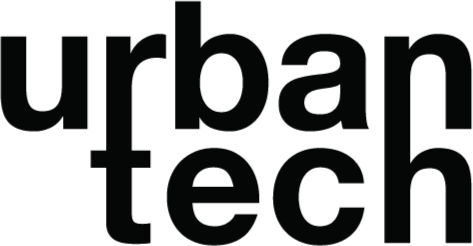Combining architecture and data: Informed decisions for more sustainable urban design
ounded in Gothenburg in the Summer of 2020, Parametric Solutions helps architects and urban developers by making generative design understandable and accessible through their cloud-based platform. By providing technology-driven solutions, the company enables its clients to make informed decisions based on algorithms and data at the early stages of design. Put simply, through Parametric Solutions, architecture and data science can join forces to create more sustainable urban environments and cities.
Sofia Malmsten, the cofounder and CEO of Parametric Solutions, started her journey as an architect with a background in programming. “I’m an architect and half engineer,” she says. During her journey as an architect, Sofia realized that “while everything within the field of architecture is project-dependent, in some ways you do the same kind of things over and over again. “So, quite early on, I started to think about how we can bring programming and architecture together,” says Sofia.
Erik Forsberg, the cofounder and CTO of Parametric Solutions, has almost the inverted background of Sofia. “I usually say the opposite, that I'm an engineer and almost an architect,” says Erik. After three years of working in their respective fields, Sofia and Erik decided to move to the UK to work for a civil engineering company. While working in the UK, the two had an epiphany. “We realized,” says Erik, “that they were using programming in their day-to-day work in a completely different way than what we were used to in Sweden. And so, we thought, we should bring this workflow of combining design logic with programming back to Sweden and other countries.”

© Parametric Solutions
What is generative design and how is Parametric Solutions making an impact?
Let’s try to visualize the concept of Generative Design with the metaphor of baking a cake. You have a list of ingredients to work with, but let’s imagine you don’t have an exact recipe to follow. It’s mainly speculation. (I know that for some people this is an outlandish thought but bear with me.) Now let’s say you make the cake, but you add too many eggs, and now your cake is essentially a dense brick. So, you start over. But this time, you don’t add enough baking powder so your cake doesn’t rise enough. You need to start over.
It’s almost the same with building a building, but on a much larger scale. In the early design stage, many aspects are unknown, and important decisions are oftentimes based on estimations. Because of these estimations, there tends to be a lot of unnecessary waste, pollution and resources. Not to mention the amount of wasted time. Indeed, with our climate changing faster than ever before, construction companies cannot afford to make decisions without adequate information and data.
Parametric Solutions fixes this problem using parametric tools and generative design. Generative design takes the guessing game out of the design and planning stages by utilizing technology that is able to take the variables given to it and “try out all the different combinations in the beginning. So, instead of ending up with one building, you end up with hundreds or thousands of building concepts,” says Sofia. Instead of designing one option manually, the company generates a multitude of design alternatives, all with their own unique challenges and opportunities. The software is then able to compare the generated designs with the goal of finding the perfect solution for each unique case. By doing so, decision-makers can visualize the consequences of their decisions even in the planning phase.

© Parametric Solutions
We want to scale up the usage of parametric design, this way, someone who has no knowledge about coding and algorithms can still benefit from it.
The X-Factor of Parametric Solutions
While the use of parametric and generative design is not novel, Parametric Solutions has created their software with the goal of making design as accessible as possible. “We want to scale up the usage of parametric design,” says Sofia. “This way, someone who has no knowledge about coding and algorithms can still benefit from it.” This provides simplification and accessibility and also opens the door for more collaborative and streamlined design.
Within a project, there are normally many people involved, each with their own unique area of expertise. However, having a clear line of communication between all of those involved is usually quite difficult and hard to achieve due to each person’s narrow area of specialty. “What we try to do,” says Erik, “is to expose the different parameters to a wide range of people in the project to make them understand how their limitations and preferences affect other disciplines. We try to make the design and decision-making process more democratic.”
[ Read also: How KOBOTS is revolutionizing the construction industry ]


